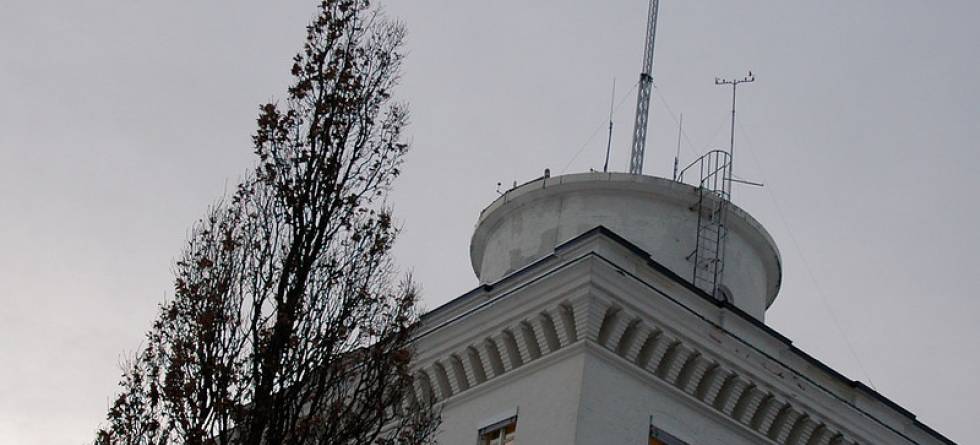Did you know that cyclones can give birth to babies, too? If a cyclone becomes large and mature enough, new cyclones often emerge along the fronts of their parent. These baby cyclones grow up quickly, developing from conception to adolescence within only a day or so.
Similar to human children they stay close to their parent throughout their youth. But then the children’s paths vary: some kids grow strong in place and soon overtake their parent’s position. Others take their parent’s heritage, that is warm and cold airmasses, and move away quickly to distant lands. And yet others never really make it out of the large looming shadow of their parents, and circle around them for all their life.
That’s what’s going to happen during the Easter week in the central North Atlantic. A dominant parent cyclone will set root there mid next week, and then give birth to a number of children. And what these kids chose to do with their life will determine our Easter weather. None of them will grow strong enough to eclipse their parent, but some might decide to move away eastward.
These kids will bring Easterlies to Southern Norway, and with these cloudy-grey conditions in the east, and clear skies on along the West coast. But others, might never detach from their dominant parent and continue circling the North Atlantic. These would bring mild wet southwesterlies to the west coast, and clearer conditions to the east of the mountains.
What will happen to each baby is still hard to predict; as in human life stories, tiny coincidences at this time can have large consequences later. But a big Easter dance of kids around their parent it will be in any case.
Written by: Clemens Spensberger

